1910. Oil on canvas. 100 x 65 cm. The Philadelphia Museum of Art, Philadelphia, PA, USA.
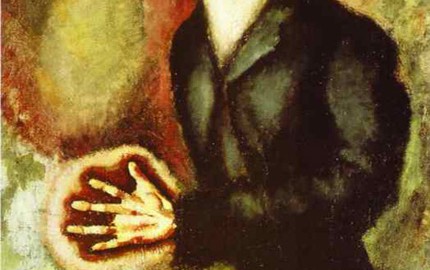


1910. Oil on canvas. 100 x 65 cm. The Philadelphia Museum of Art, Philadelphia, PA, USA.
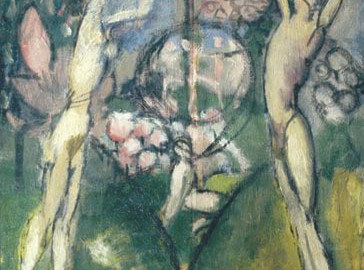
Jeune homme et jeune fille dans le printemps Oil on canvas – 65.7 x 50.2 cm. – 1911 Private collection
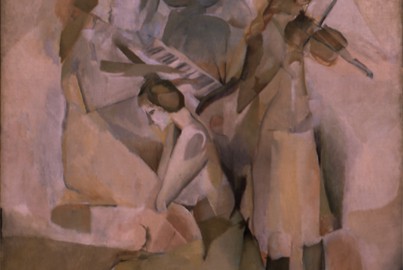
1911. Oil on canvas. 145 x 113 cm. The Philadelphia Museum of Art, Philadelphia, PA, USA.
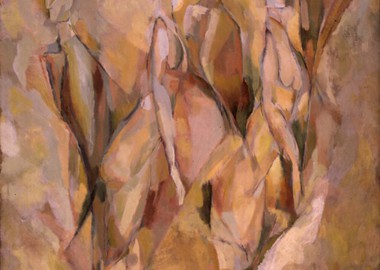
1911. Oil on canvas. 146 x 114cm. The Philadelphia Museum of Art, Philadelphia, PA, USA.
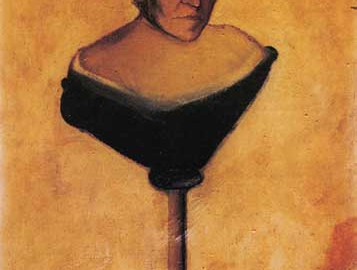
1911-12. Oil on canvas. 61 x 43.5 cm. Private collection.
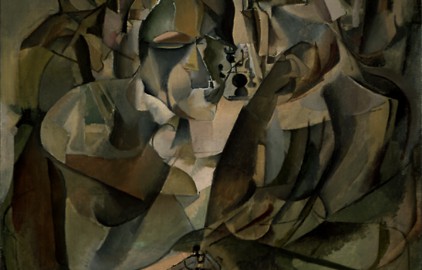
1911. Oil on canvas 108 x 101 cm. The Philadelphia Museum of Art, Philadelphia, PA, USA.
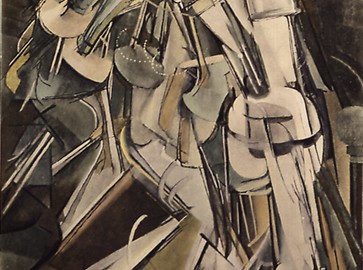
Nude Descending a Staircase (No.2)/Nu descendant un Escalier. No.2. 1912. Oil on canvas 147.5 x 89 cm. The Philadelphia Museum of Art, Philadelphia, PA, USA. Inspired by the photographic motion studies of Eadweard Muybridge (left), Nude Descending a Staircase, No. 2, was painted by Duchamp in 1912. When it was first exhibited at the legendary Armory Show in New York (February 17-March 15, 1913), it caused an uproar which both outraged many people and made Duchamp famous in America. One critic called it “an explosion in a shingle factory.”
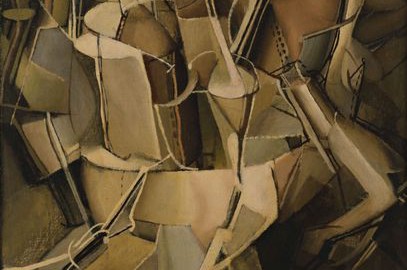
1912. Canvas 59 x 53.5 cm. The Museum of Modern Arts, New York, NY, USA.
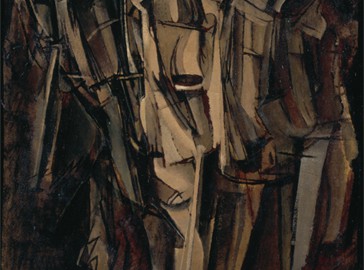
“This painting, which Marcel Duchamp identified as a self-portrait, was probably begun during December of 1911 in Neuilly, while he was exploring ideas for the controversial Nude Descending a Staircase, No. 2 of 1912 (Collection Philadelphia Museum of Art). In Nude (Study), Sad Young Man on a Train his transitory though acute interest in Cubism is manifested in the subdued palette, emphasis on the flat surface of the picture plane, and in the subordination of representational fidelity to the demands of the abstract composition.”
Guggenheim Collection – Artist – Duchamp – Nude (Study), Sad Young Man on a Train
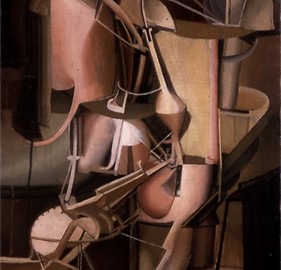
Oil on canvas. 89.5x 55.25 cm. The Philadelphia Museum of Art, Philadelphia, PA, USA.
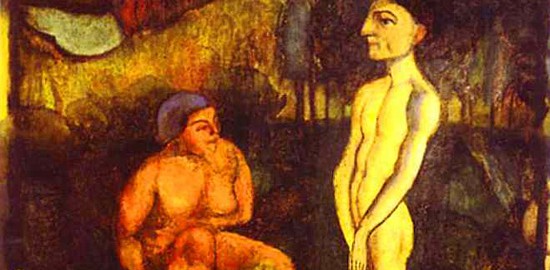
1910-11. Oil on canvas. 114.5 x 128.5 cm. The Philadelphia Museum of Art, Philadelphia, PA, USA.
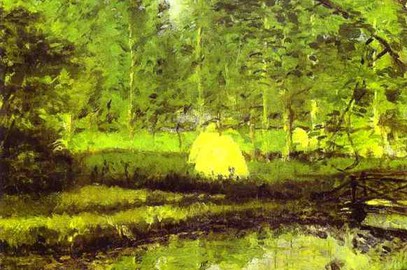
Landscape at Blainville
1902. Oil on canvas. 61 x 50 cm. Private collection
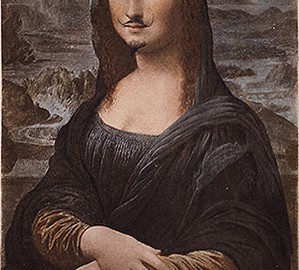
L.H.O.O.Q., a cheap postcard-sized reproduction of the Mona Lisa,upon which Duchamp drew a mustache and a goatee. The “readymade” done in 1919, is one of the most well known act of degrading a famous work of art. The title when pronounced in French, puns the frase “Elle a chaud au cul”, translating colloquially in “She has a hot ass”.
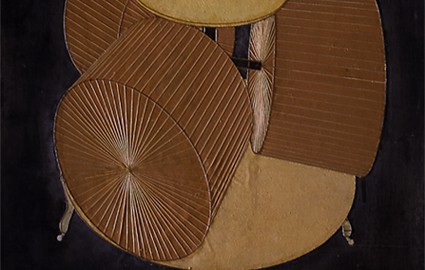
1914. Oil and thread on canvas. 65 x 54 cm. The Philadelphia Museum of Art, Philadelphia, PA, USA.
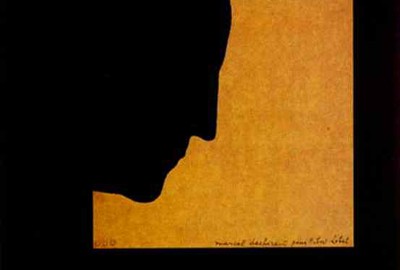
1958. Torn colored paper on black background. 14.3 x 12.5 cm. Private collection.
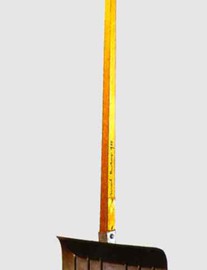
1915. Readymade: show shovel, wood and galvanized iron. 121.3 cm. Yale Center for British Art, New Haven, CT, USA.
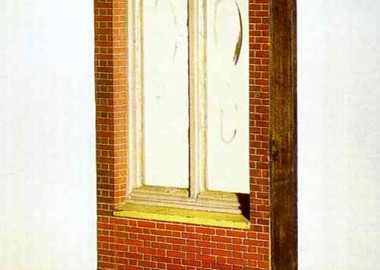
1921. Miniature window: oil on wood and glass. 62.8 x 28.7×6.3 cm. Staatsgalerie, Stuttgart, Germany.
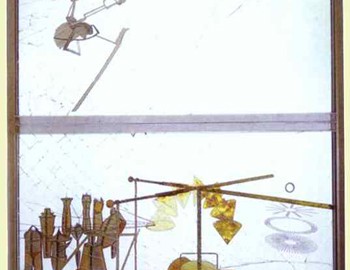
1915-23 Oil paint, varnish, lead foil, lead wire, and dust on two glass plates (cracked), each mounted between two glass panels in a steel and wood frame 272.5 x 175.8 cm Philadelphia Museum of Art
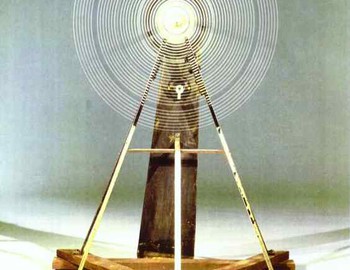
1920. Five painted glass plates that rotate around a metal axis and appear to be a single circle when viewed at a distance of one meter. 120.6 x 184.1 cm and glass plate of 99 x 14 cm. Yale Center for British Art, New Haven, CT, USA.
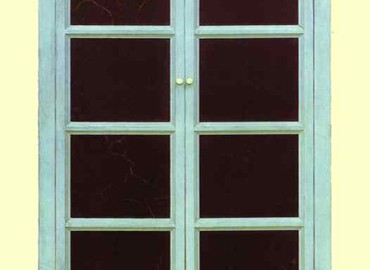
1920. Miniature window: wood painted blue and eight rectangles of polished leather. 77.5 x 45 cm on a wooden board, 1.9 x 63.3 x 10.2 cm. The Museum of Modern Arts, New York, NY, USA.